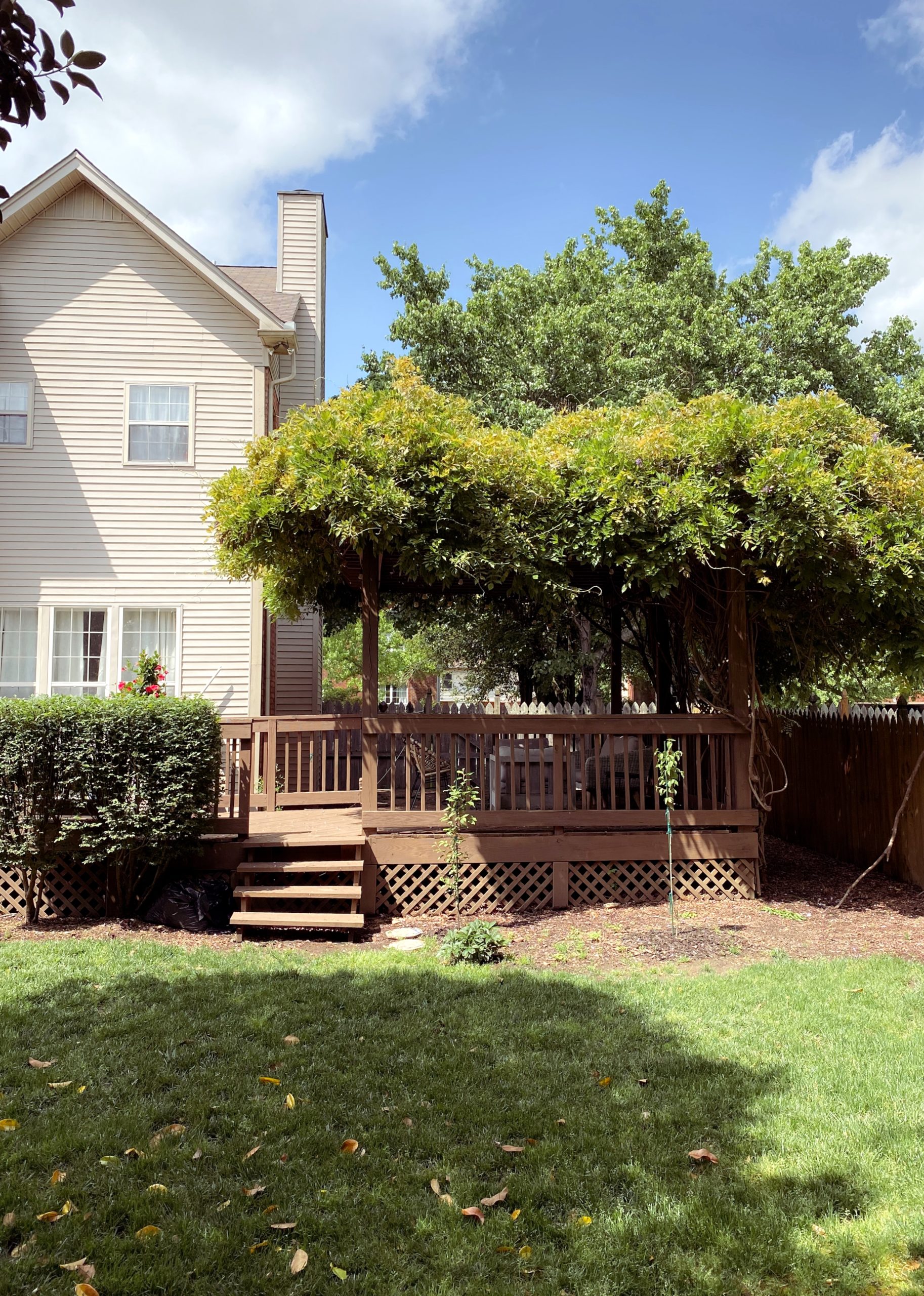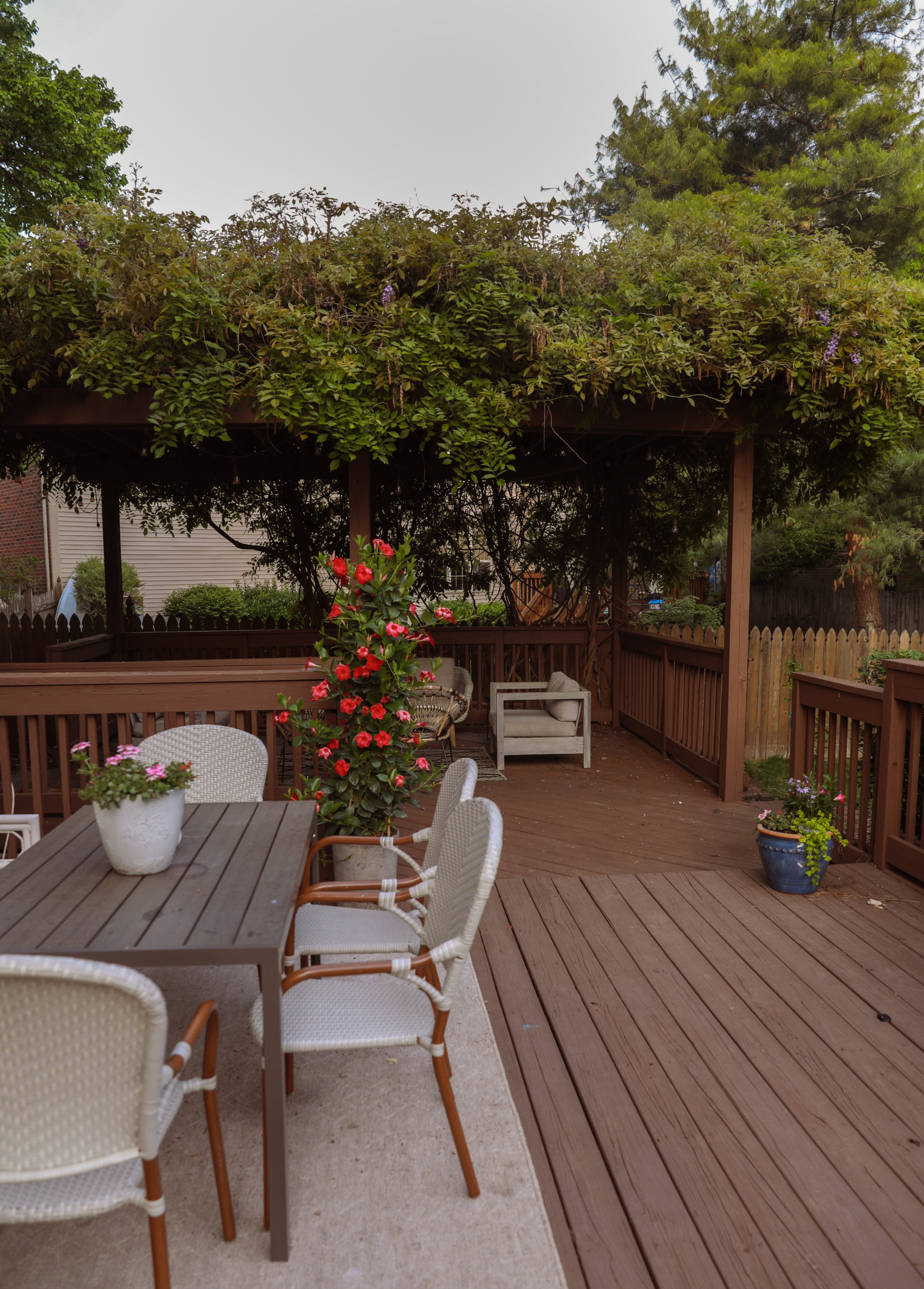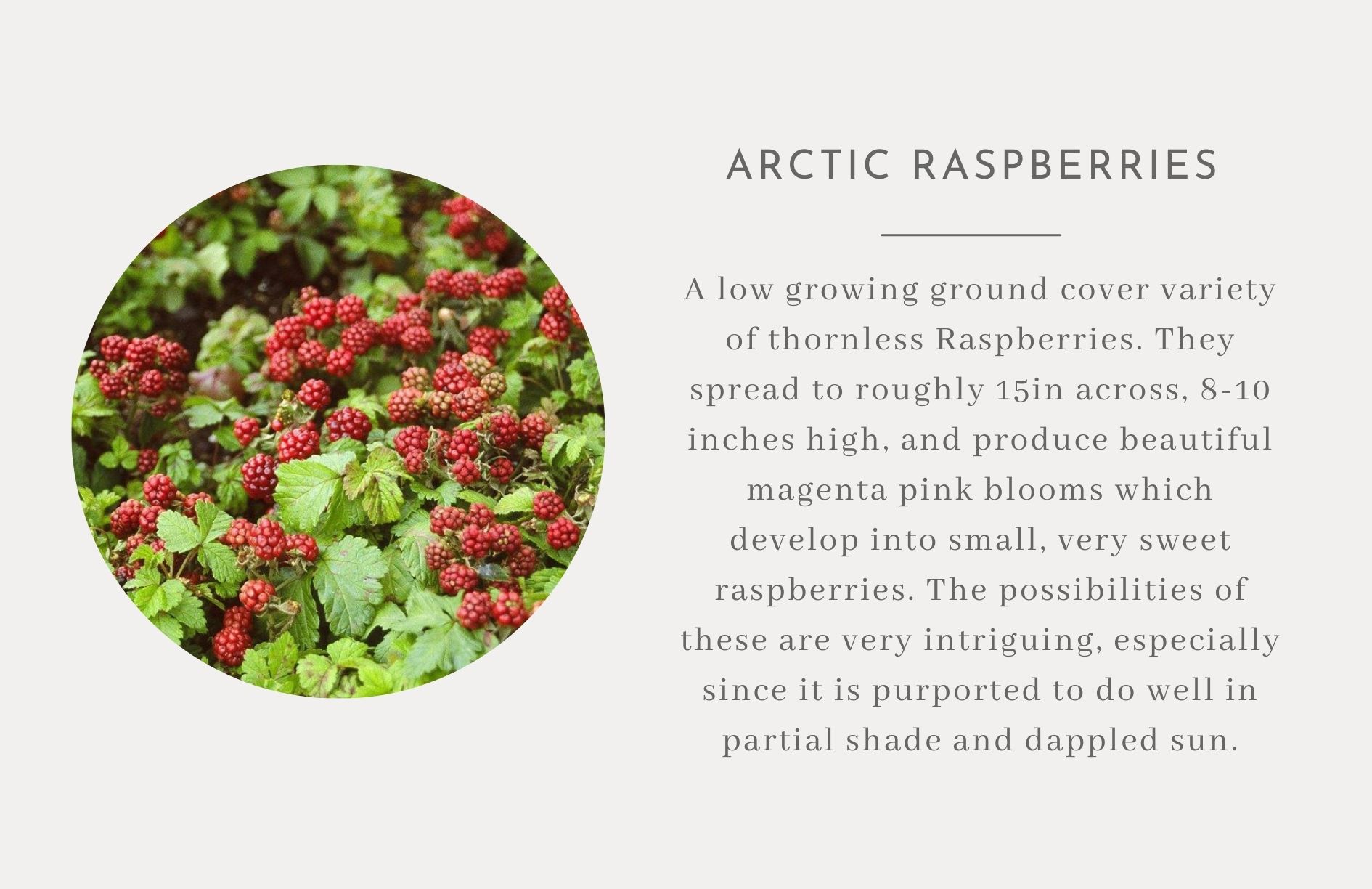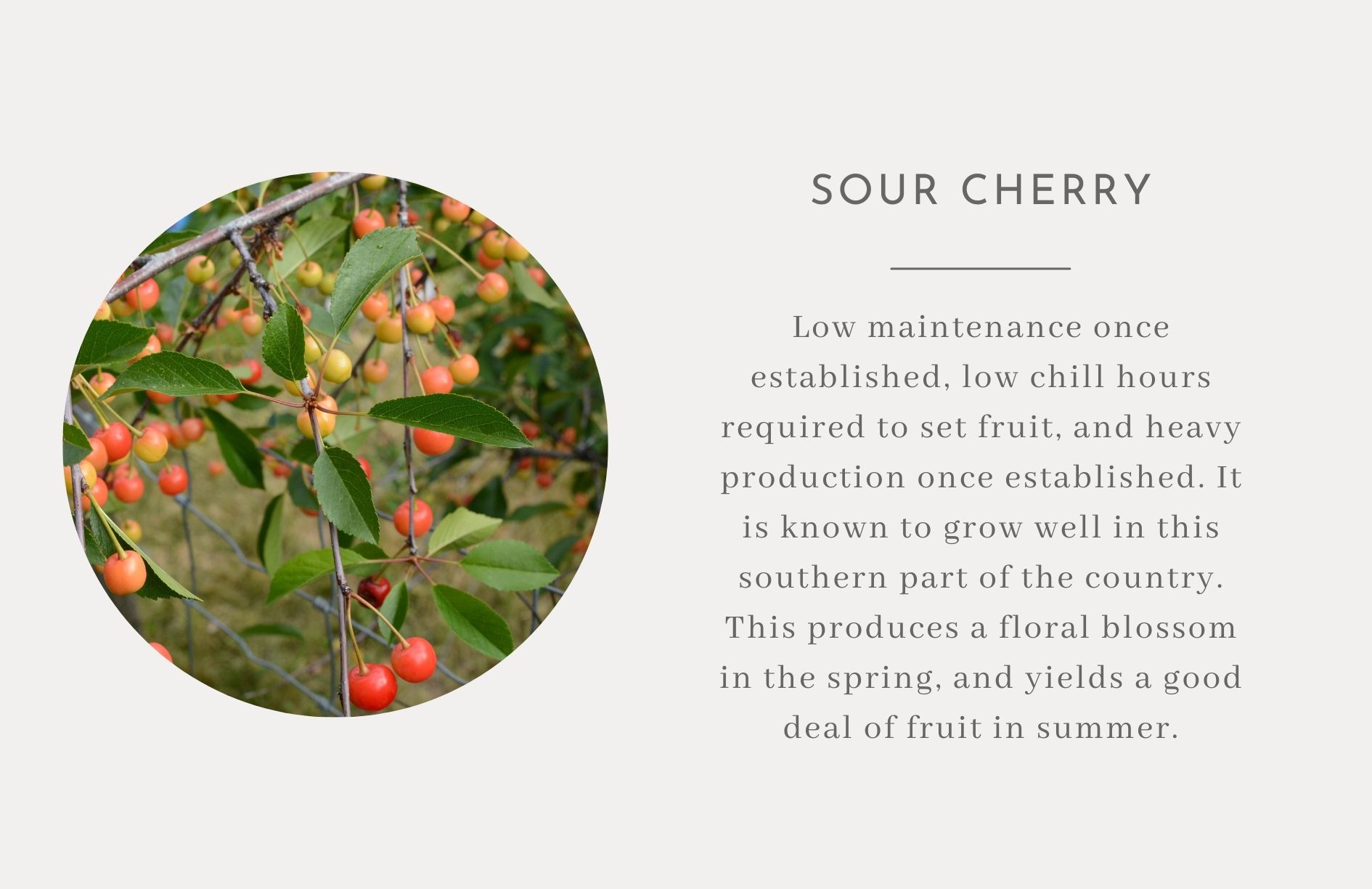
Today’s post is written by Gabe (the green thumb between us two).
One of the hardest parts of moving from our GA home was leaving behind the myriad of fruit trees and bushes we had planted in our yard. Many of my fruiting beauties were just beginning to set their first major harvests as we packed up to move. As soon as we landed foot in our new place here in Nashville, I began dreaming and plotting what to plant around the yard.
Our new yard comes with a few challenges compared to our old lot. Our Atlanta home had a wide open, nearly blank canvas to work with when it came to landscaping. I had few restrictions in terms of where I could plant, and we had a good deal of room, so planting space was never an issue. In addition, the entire yard was flooded with direct sunlight so the fruit possibilities abounded. Our Nashville property on the other hand is smaller and already contains numerous mature trees and bushes. This means our options are a little more limited, especially when factoring in those areas of the yard with ample sunlight. Many of my previous plant loves are longer good options for our current property. After much thought, research, planning, and dreaming, I decided to select bushes and trees that are compact, versatile, low maintenance, somewhat shade tolerant where needed, and largely pest free. For the most part I can drop them in, prune occasionally, and let them be. Most of them produce flowers in the spring, and edible fruits in the summer!

Sofa set from Article. This is the outdoor table we use, and the chairs are sold out from Target so here are some similar options:
I sourced most of them online as bare root plants that are roughly 1-2.5ft high. Ordering smaller plants from reputable growers may mean I have to wait an extra year or so for the plant to mature and set fruit, but I have found the extra time is a small price to pay for healthy, heavy producing plants. In addition, many of the varieties I wanted are not readily available at my local nurseries, so ordering was my only option. Ok, now let’s get to it!




Cornelian Cherry – Has a really cool yellow blossom in spring, and cherry fruit in the summer. An additional note: Planting two increases fruit yield!


American Wild Plum – Native to the US the maintenance is very low, but I can’t yet comment on fruit quality. Will report at the end of the season!

Goumi Berry Bushes – This is what I call a miracle fruit bush. It practically thrives on neglect! It creates its own nitrogen and infuses the soil around it, thereby fertilizing itself and the other plants around it.

Honeyberry Bushes – These are an experiment for us this year! I am testing how they do down here, and have very high hopes that the summer heat will not burn these babies out. (Plus it is also hardy down to -40F!) Two or more are needed for cross pollination. If you are interested Honeyberry USA is the place to go. They have high quality plants, are a wealth of information and are very approachable if you have any questions.

Chicago Hardy Fig – If you are in the South, figs are a must have fruit tree. I always plant them on the south side of a fence or wall to give some extra warmth in the winter.

Thornless Blackberry Bushes – Although they have a largely upright growth habit, they benefit from some support due to its abundant harvest!

Regent Serviceberry – grows as a bush reaching a mature height of 6ft and produces an abundance of snow white flowers in spring and bright red leaves in the fall. It produces best in full sun, but can tolerate part shade and can be easily trimmed/maintained. *Bird netting is a must as serviceberries are a favorite treat of songbirds.

Sour Cherry Bush – This particular variety was recommended to me by my trusted source of Hidden Springs Nursery due to its compact nature (roughly 10ft mature in height). The only problem I have had so far is from my new arch-enemy… the rabbit!! These blasted buggers seem to love to nibble off the new growth of my cherry tree, so I was forced to cage it off with some chicken wire around the trunk.


Flying Dragon Citrus – Slow growing, compact, and nearly disease free. The fruit quality varies greatly between plants, and is not the best for fresh eating, but makes amazing lemonade and marmalade. It is also a wonderfully unique landscape specimen.
We hope this can give you some ideas for your own backyard! Let me know if you have any questions below. Always happy to help when I can.






















